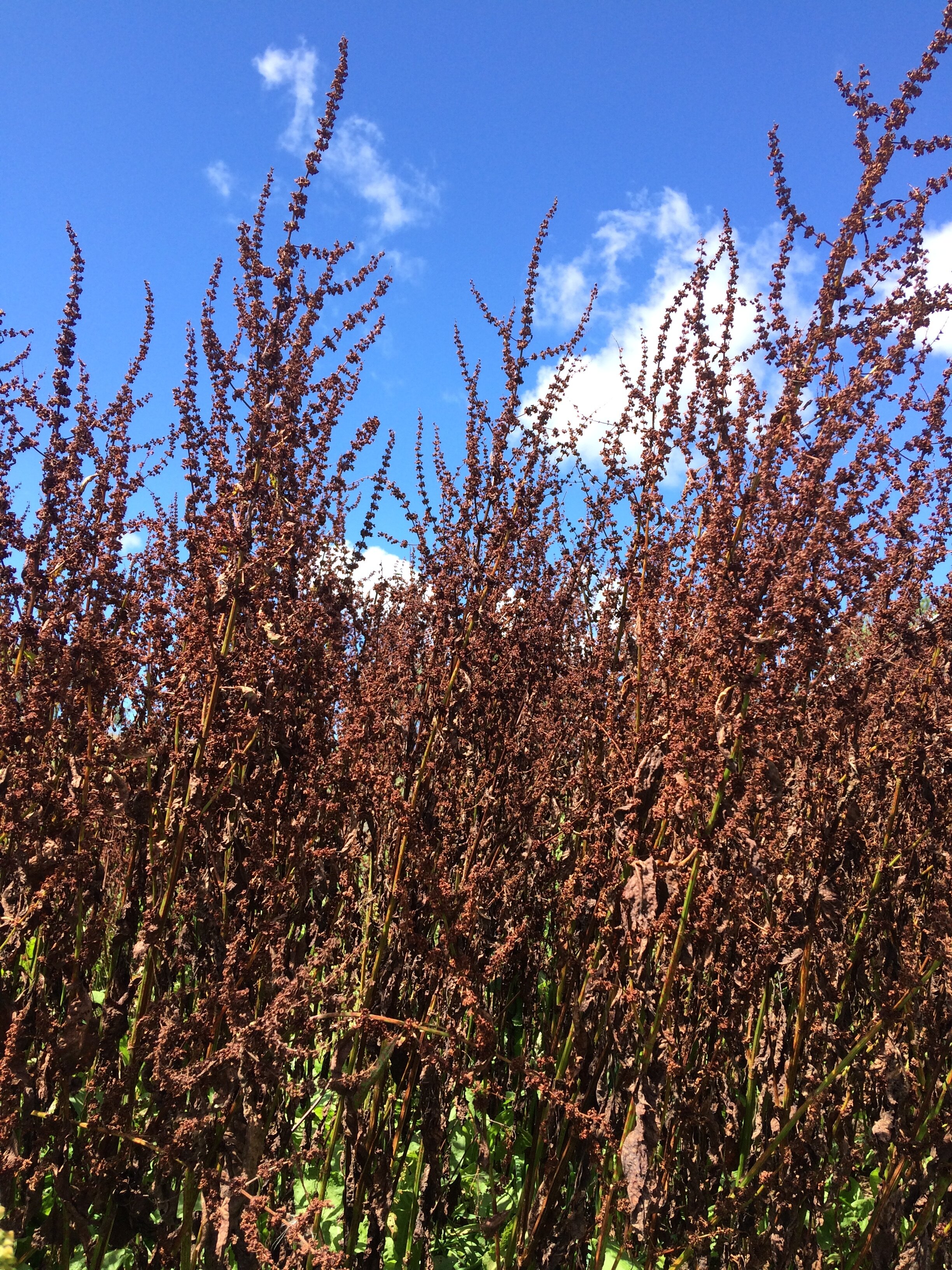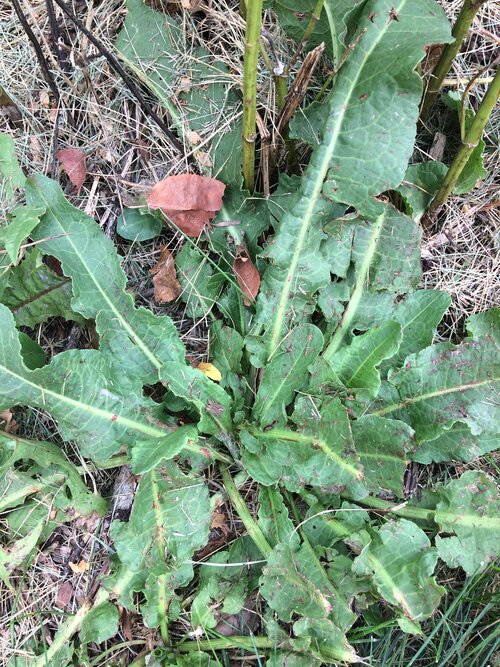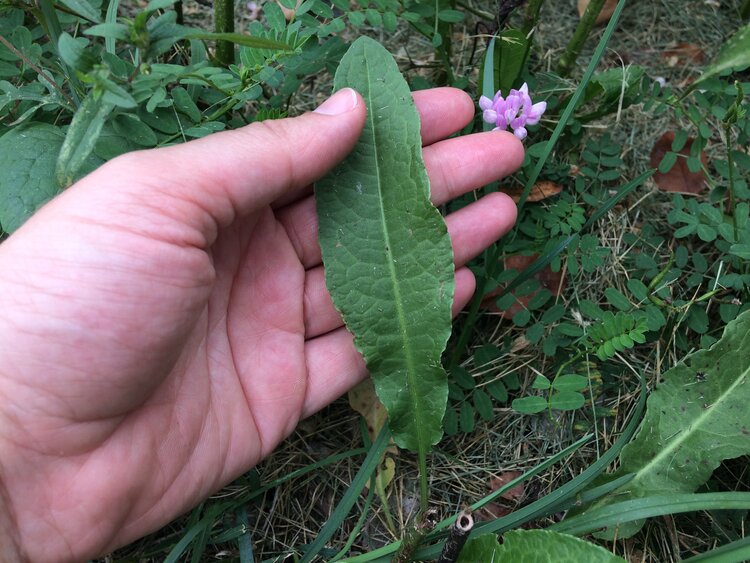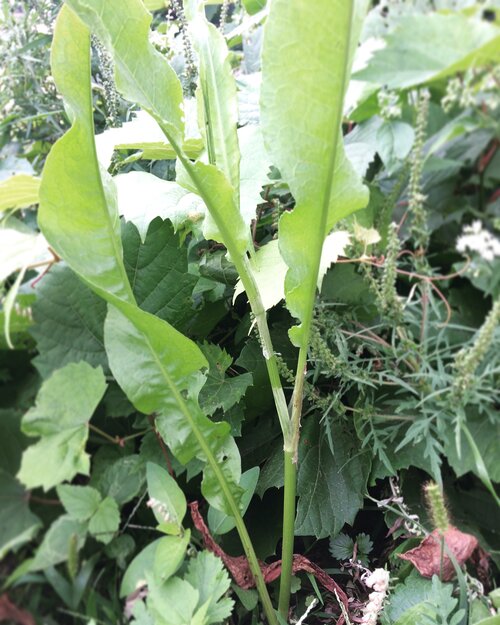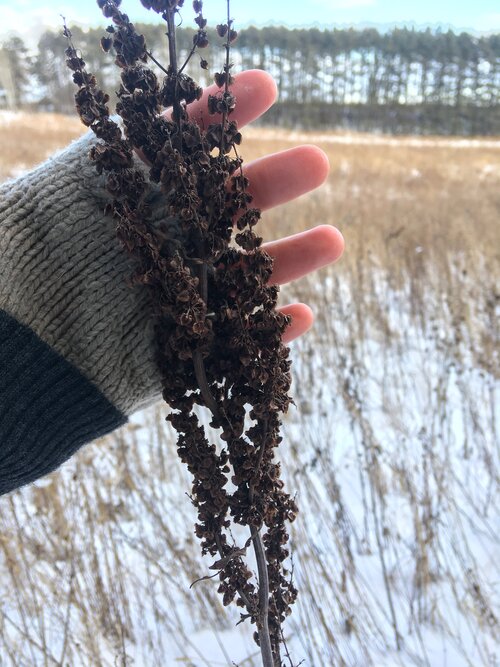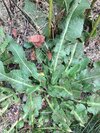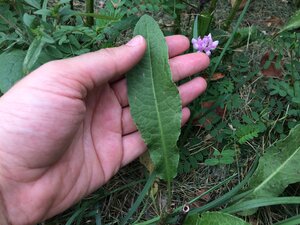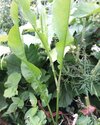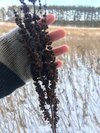Curly Dock: A Plant for Year-Round Sustenance
Prefer to listen to this article? No problem! Four Season Foraging now offers free audio versions of articles with the help of a text-to-speech website. Simply click the play button on the right!
Curly Dock: A Plant for Year-Round Sustenance
www.fromtexttospeech.com
Curly dock plants displaying their voluminous seedheads.
Curly dock (
Rumex crispus, also called yellow dock) is one of those plants that is easily overlooked. It doesn’t have a showy flower and the leaves can look kind of generic. Furthermore, it’s not typically as prolific of a weed as dandelion— at least not in urban areas. It’s unfortunate that people aren’t more familiar with it, as the leaves, stem, seed, and root are all edible or medicinal. And with its wide distribution, it’s easy to start eating!
Habitat and Distribution
Curly dock isn’t too discerning about its habitat, growing in full sun and part shade, fields, roadsides, trailsides, and other open areas. Native to Europe, it has been introduced to all fifty states in the US and all Canadian provinces except Nunavut.
Identification
Basal rosette of curly dock
The leaves of curly dock are hairless, long and narrow, and often have wavy or curly edges—which is where it gets its common name. The plant has both basal leaves and leaves on the stem, which are alternate. Basal leaves can be as long as 12 inches and around 2 ½ inches wide; the leaves become smaller as they ascend the stem. A thin whitish sheath grows around the node (where the petiole and stalk meet.) This sheath become brown and papery with time, and eventually disintegrates. The main stem is ribbed, stout, and mostly unbranched. The plant can reach heights of one to five feet at maturity.
Flowers grow in branching clusters at the top of the plant, in groups of 10 to 25. Despite this large quantity, they are rather inconspicuous because they are small and greenish (though they can also be yellowish or pinkish.) They appear in whorls, meaning that they grow all the way around a single point on the stem.
Seeds appear in late summer and fall. They are three-sided, oval to egg-shaped, with a sharp point on one end. The seeds are encased in a leaf-like capsule that turns brown and papery with age. These seeds are the best way to identify curly dock in winter, as they often remain on the dead stalk until spring. (See below for close-up pictures of the seeds.) If you are unfamiliar with curly dock, I don’t recommend immediately picking a dead winter stalk for the seeds. Instead, practice positively identifying the plant during the growing season. Then observe the plant as it ages through the fall and winter, and then start picking the dead winter stalks. I believe that this is best way to learn to identify plants in winter.

